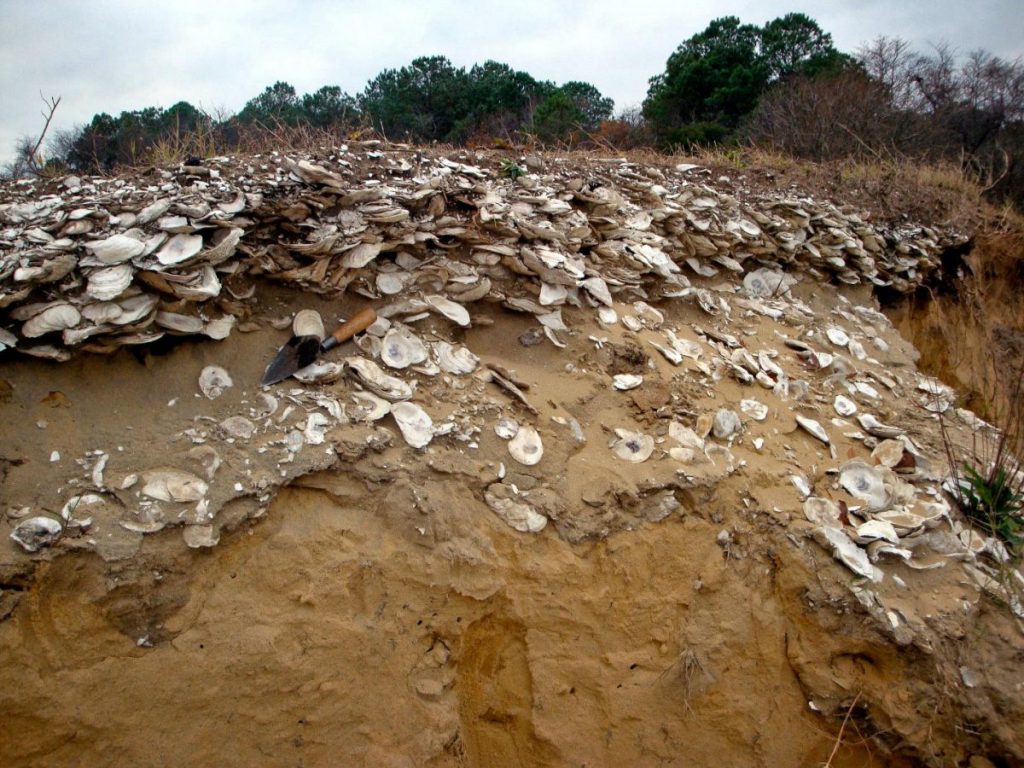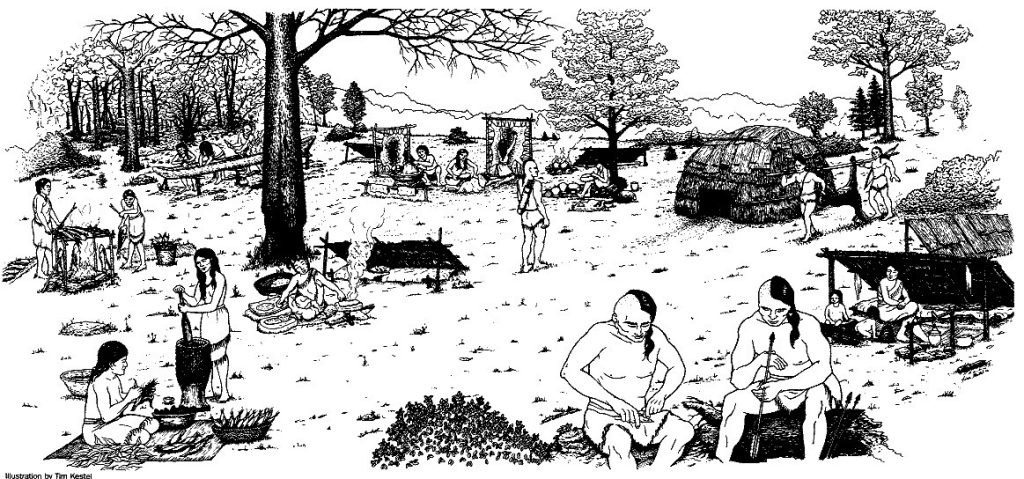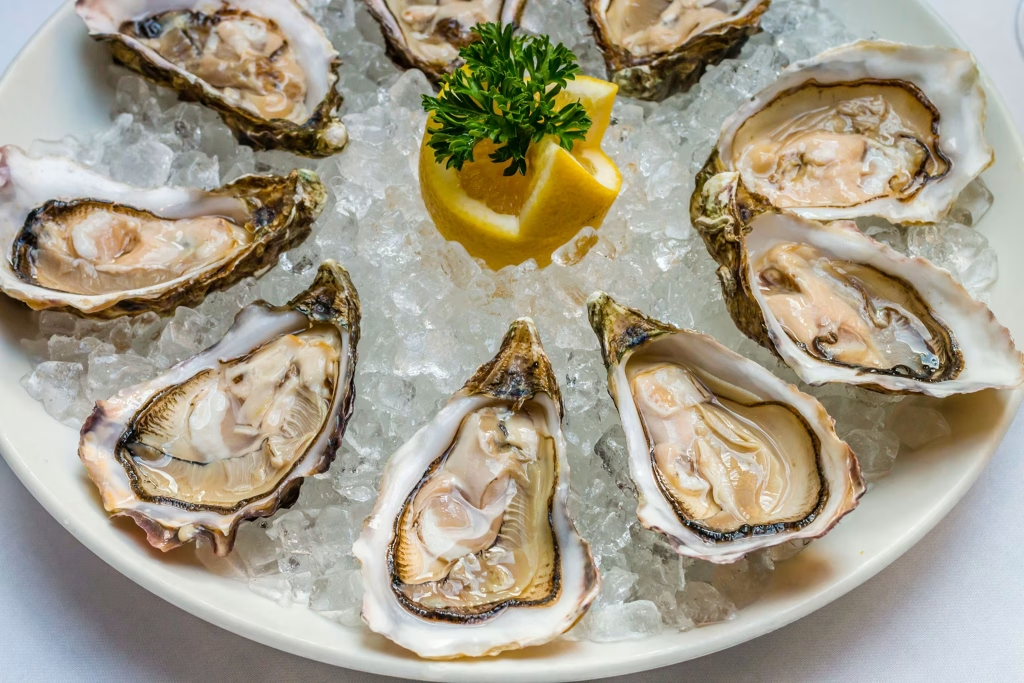When European settlers arrived in the 1600’s, they encountered well-established towns and villages, sophisticated political alliances, complex trade networks, advanced agricultural systems, and sustainable resource management practices of native Americans. As we sail these waters today, we’re traveling through an ancient cultural landscape shaped by thousands of years of human wisdom and experience. The evidence of this long habitation is still visible along the shorelines of the Chesapeake Bay and its tributaries. Perhaps the most dramatic remnants are the massive oyster middens – ancient shell heaps that can be several feet deep and hundreds of feet long – the leftovers of ancient family meals!

Many more of these shell middens can still be spotted along eroding shorelines as we cruise, including around the South River and other tributaries. They appear as dark bands in the soil, filled with white shells and often containing blackened earth from ancient fires. Archaeologists have recovered countless artifacts from these sites, including distinctive ceramic cooking pots decorated with cord marks or intricate patterns pressed into the clay. These pots, some large enough to cook communal meals, tell us about cooking methods and dietary practices. Their fragments reveal that people would boil fish and shellfish in large vessels, likely making stews and soups that could feed extended family groups.

Stone tools found in the middens show how oysters and other shellfish were processed. Hammerstones for cracking shells, flaked stone knives for processing fish, and net weights for fishing all paint a picture of a people intimately connected to the Bay’s resources. Clay pipes, bone beads, and other decorative items found among the shells remind us that these weren’t just places for disposing of shells – they were locations where people lived, worked, and gathered.
Some of the largest middens have been found around river confluences and protected coves – the same places where we now anchor our boats for shelter. This is no coincidence; the indigenous peoples chose their seasonal and permanent settlement sites carefully, considering access to resources, protection from storms, and strategic positioning for trade and defense. Today’s popular harbors and anchorages often overlap with these ancient settlement sites, showing how human usage of the Bay’s landscape has maintained certain patterns for thousands of years.

